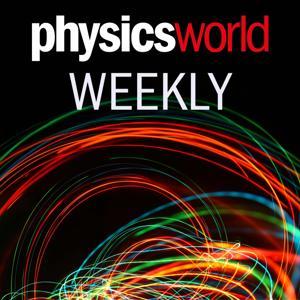Hosted by Chris Beckett & Shane Ludtke, two amateur astronomers in Saskatchewan. [email protected]
- Dec 3-4 – Moon 0.8° N of Pleiades (Occults stars in Virginia)
Carbon Star U Lyr best tonight
- Dec 4 – Full Moon in Taurus
- Dec 7 – Jupiter 4° South of Moon
Mercury Greatest Elongation 21° from Sun in morning Sky
Endymion sunset rays visible on Moon
- Dec 7-8 Moon and M44
- Dec 8 – 16 Psyche at Opposition 9.4 magnitude
Asteroid 16 Psyche is a large, metal-rich asteroid, thought to be the exposed core of a protoplanet, located between Mars and Jupiter. It is composed of a high concentration of nickel and iron and is estimated to be worth an astronomical amount of metal. Scientists are studying it to learn more about the formation of Earth's core and other rocky planets, and a NASA mission is currently underway to explore it.
- Dec 10 – Moon Occults Regulus 2am
- Dec 13 – Geminid Meteor Shower – up to 150 ZHR on morning of the 14th.
- Dec 21 – Ursid meteor Shower – 10 zhr
- Dec 22 Moon Occults Pluto at 4pm EST
- Dec 23 Carbon Star Z Psc best tonight
- Dec 24 Comet 24P Schaumasse visible tonight
Marie called it again…we have yet another bright comet…8.5 magnitude by mid month, moon leaves sky on 11/12th
- Dec 25 Saturn Ring Tilt -0.76
- Dec 26 – Lunar X near crater Werner visible
- Dec 27 — Saturn, Neptune and Moon congregate in evening sky.
Lunar Straight Wall visible
- Dec 29 – Jeweled Handle Visible On Moon
- Dec 31 – Moon 0.9° N of Pleiades
Carbon Star T Lyn best tonight
We've added a new way to donate to 365 Days of Astronomy to support editing, hosting, and production costs.
Just visit: https://www.patreon.com/365DaysOfAstronomy and donate as much as you can!
Share the podcast with your friends and send the Patreon link to them too!
Every bit helps! Thank you!
------------------------------------
Do go visit http://www.redbubble.com/people/CosmoQuestX/shop for cool Astronomy Cast and CosmoQuest t-shirts, coffee mugs and other awesomeness!
http://cosmoquest.org/Donate This show is made possible through your donations.
Thank you! (Haven't donated? It's not too late! Just click!)
------------------------------------
The 365 Days of Astronomy Podcast is produced by the Planetary Science Institute. http://www.psi.edu
Visit us on the web at 365DaysOfAstronomy.org or email us at [email protected].




































